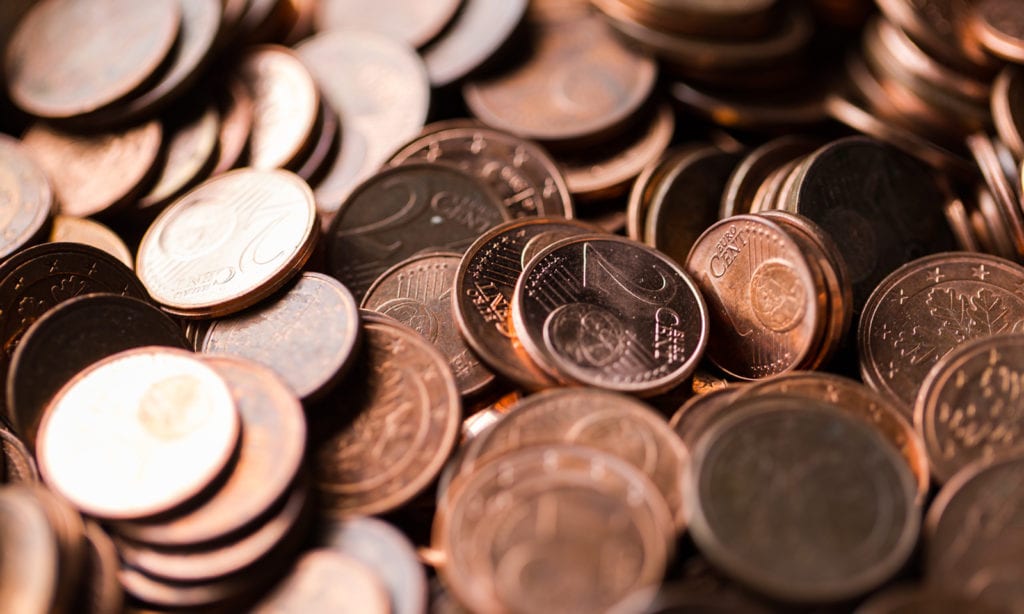Why Glue Pennies to Shoes?

Those of us who are parents are reminded how exploratory young kids can be, with every week bringing with it a new hobby to try out. After all, exploration of the world and all its wonderful recreations is a marked feature of child development. Hobbies and interests make up a part of the identity process, studies have even shown that in-depth exploration and commitment have been found to be significant positive predictors of wellbeing in adults too.
So, how do you navigate the never-ending string of hobbies your child presents as a parent? Especially when there are hobbies such as tap dancing that require investment in both classes and tap shoes. One way to enable your kids to explore their potential hobbies in-depth that is also easy on your pocket is DIY hacks.
So, Why do you put Pennies in Penny Loafers?
Prior to the modern-day use of using pennies as a DIY hack, you could have heard of the classic ‘Penny Loafers.’ However, despite the name, penny loafers were not likely intended to hold pennies from the outset. Although after being developed in 1936/1937 circa, there are rumors of college students holding some change in the slots of the shoes for an emergency payphone call, if they found themselves stranded. As back then, a call cost two cents hence how they get their name. Others speculate that holding a penny in the slots was telling of good luck.
There is some documentation that in the 1950s on college campuses, students did sport dimes in the slots. Moving through this era to the 1970s, when payphone calls were around 5 or 10 cents, there was a switch from pennies to keeping dimes in the slot in case they needed to make a call. Despite the inflation of prices to make a call, the name prevailed after years of usage, and hence the name ‘Penny loafer’ stuck.
Since the era of the payphone has come to a technological end. The 21st century marks new innovative ways in which the penny can be used.
Using pennies as a DIY hack
Nowadays, tap shoes can range from $12 all the way to a couple of hundred dollars. So, parents have been practicing one exceptional hack that cuts these costs in the likely event that their kids will move onto a new hobby.
You might think after seeing pennies on the bottom of shoes that these were to patch up a broken shoe or keep kids from getting lost. In fact, gluing pennies to kids’ shoes can provide you or your kids the chance to experience something very close to tap shoes and also be a way to help save money.
How do you Glue Pennies Together?
This technique takes little time, and can help your child on their way to explore their next potential hobby, all you need is to apply a small amount of hot glue to around 6-8 pennies and stick them on the soles of their shoes. After leaving ample time for them to dry, your child can tap dance to their heart’s content.
Make sure that the pennies are glued at the top and bottom of the shoe, evenly positioned in order to create the desired tap shoe noise. If the shoes are a bit worn, it might help to place the pennies over the crevices to create an even surface and make sure your child is well balanced.
The best part is that the use of hot glue, which is similar to rubber and can be easy to remove if you wish. So if your child does not like tap dance, after all, you may still be able to keep the footwear.
How do you Stick Pennies to Wood?
If you like to get the use out of your pennies, one hack, apart from keeping your kids entertained, is the use of pennies for DIY projects. Sticking pennies to wood to spruce up a table or other items of furniture is also an excellent choice for an engaging DIY project at a low price. You can use E6000 glue to stick pennies to wood, and for extra durability, place a coat of polyurethane to seal. Voila rustic chic!
Can you Scrap Copper Pennies?
So, after you are done experimenting with your pennies, you might think what now? Scrapping copper pennies could have crossed your mind. However, it is not only illegal to scrap pennies or any US currency, but it may come with a costly fine. As well, according to the United States Mint, melting coins can land you up with a $10,000 fine and/or 5 years in prison. So you would be advised not to do so.
After all pennies, today are made from copper-plated zinc and cost less to manufacture as they weigh less than older pennies. Consequently, you may like to get your use out of pennies trying out some of the previous DIY hacks!